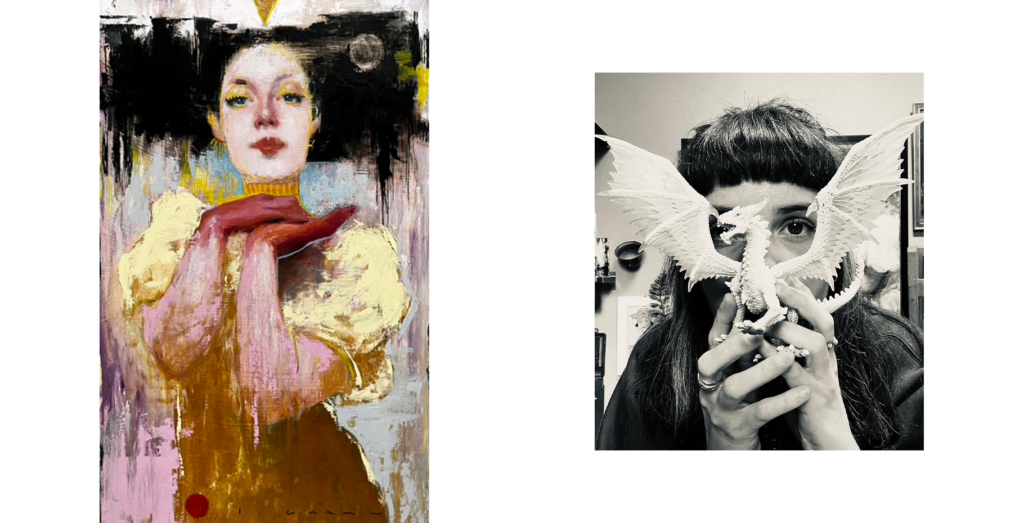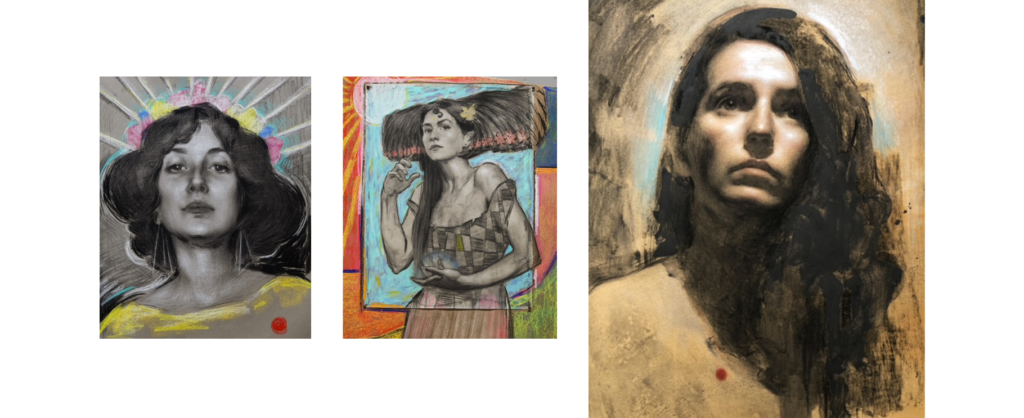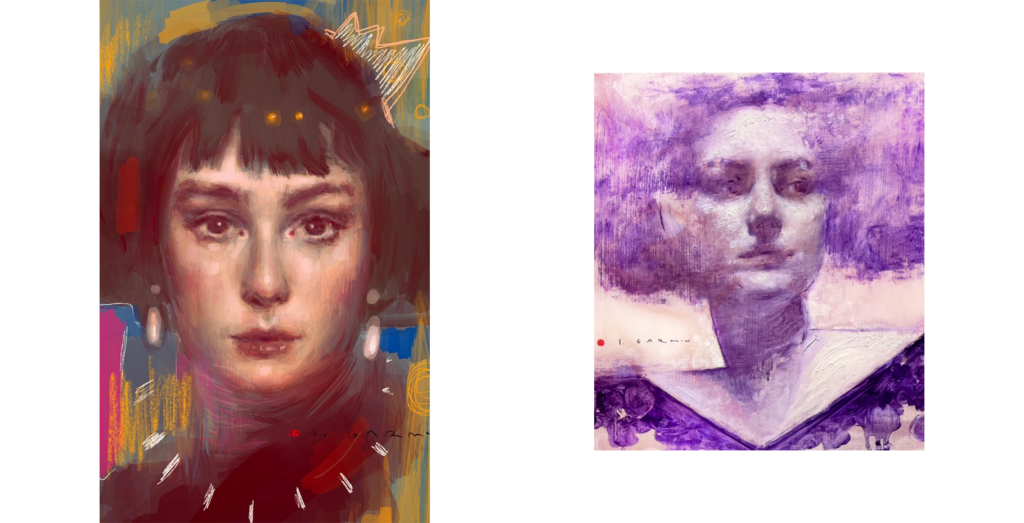
After seventy years of reign, at the age of ninety-six, Queen Elizabeth II passed away on 8 September 2022. Needless to say the impact the news had on the entire world. This was for many reasons, starting with the extraordinary longevity of her throne. Thus began operation ‘London bridge’, the protocol to be followed on her death throughout the UK. She was undoubtedly an icon in history, but also in fashion. Everyone remembers her colourfull suits, hats, gloves and handbag. Distinctive signs that made her a woman with a strong personality, also stylistically. The principle she followed was ‘having to be conspicuous to be believed’ and what better way to appear than with her hyper coloured looks? But not only that, her looks hid very specific secrets, for example depending on how she wore her handbag it meant that she was interested or not interested in a speech. She was true to fashion, but fashion is also true to her. Many stylists have spoken beautiful words at her death: from Giorgio Armani to Donatella Versace. From 16 to 20 September, the city of London hosted fashion week for the presentation of the spring summer 2023 collections. On this occasion, major brands such as Burberry and Raf Simons cancelled their event as a mark of respect for the mourner. Burberry then showed on 26 September at 12 noon, straddling the end of Milan fashion week and the beginning of Paris fashion week.
In addition, all activities that might remind one of a joyous celebration and event were banned, so London once again fails to take back what it has lacked in recent years. Some designers, however, decided to pay homage to the Queen with simple gestures, as JW Anderson did, for example, by bringing on the catwalk a dress with a special ‘Her Majesty The Queen, 1926-2022, Thank you’ written on it. Queen Elizabeth has truly left her mark in every field, in fact songs, films and TV series also speak of her. The Crown is the series par excellence, dealing with the life of the Queen and the royal family. Filming of the sixth season was suspended as soon as the news of the Queen’s passing came out, but there were many viewers who decided to watch the series at this very moment, some out of simple curiosity and others to understand more about the life of this icon. The funeral was held at 12 noon (Italian time) on 19 September. A truly emotional moment in which everyone was able to say goodbye to the Queen for the last time. The whole day was organized in every detail, starting with the procession led by King Charles and ending with the burial of the body at 8.30 p.m. in the Royal Vault, St. George’s Chapel. A ceremony that represented the end of an era, which will never be repeated in the same way.





























